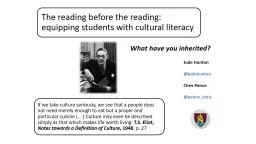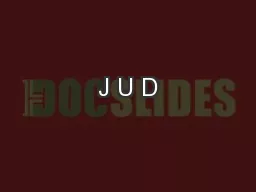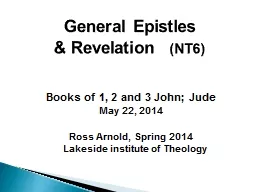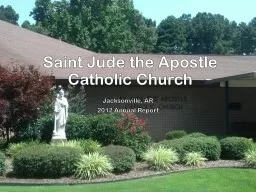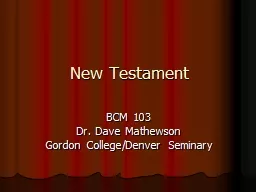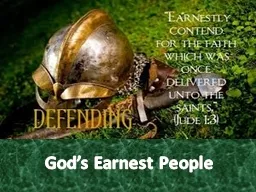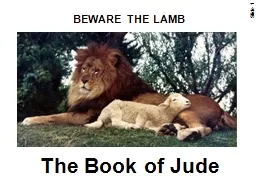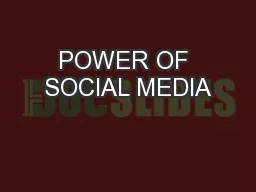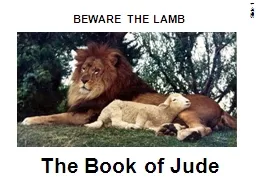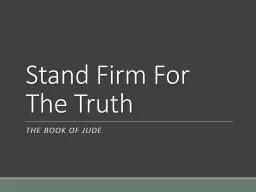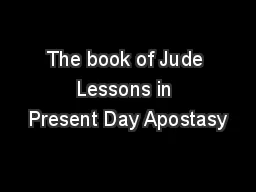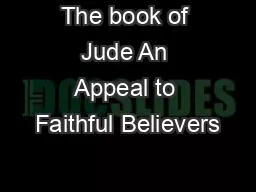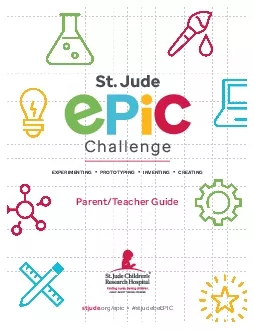PPT-Jude Hunton @ judehunton
Author : trish-goza | Published Date : 2018-09-24
Chris Peirce peircechris What have you inherited Cultural literacy is a term coined by E D Hirsch referring to the ability to understand and participate fluently
Presentation Embed Code
Download Presentation
Download Presentation The PPT/PDF document "Jude Hunton @ judehunton" is the property of its rightful owner. Permission is granted to download and print the materials on this website for personal, non-commercial use only, and to display it on your personal computer provided you do not modify the materials and that you retain all copyright notices contained in the materials. By downloading content from our website, you accept the terms of this agreement.
Jude Hunton @ judehunton: Transcript
Download Rules Of Document
"Jude Hunton @ judehunton"The content belongs to its owner. You may download and print it for personal use, without modification, and keep all copyright notices. By downloading, you agree to these terms.
Related Documents

